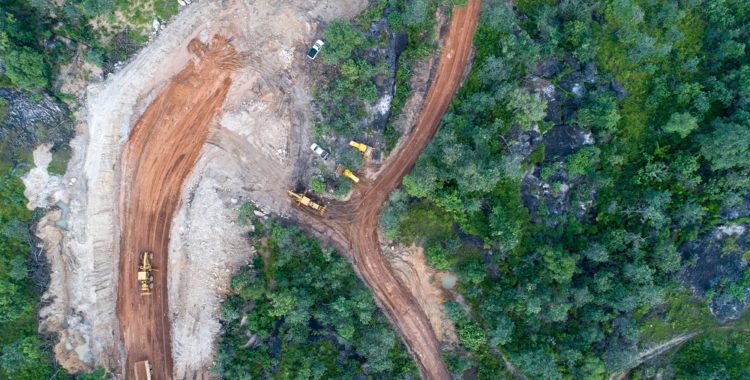Levin Sources today announced, together with Fauna and Flora International, Fairfields Sustainability Consulting and Swedish Geological AB, the launch of three new studies commissioned by the World Bank and the Program on Forests (PROFOR).
With anticipated growth of the mining sector, there are growing concerns around the spread of mining in primary forested areas, impacting biodiversity and ecosystem services. Forest-Smart* approaches to mining are urgently needed. The World Bank PROFOR’s Forest-Smart Mining program funded three studies to:
Moreover, a joint executive summary of the three reports have been developed to highlight the findings and recommendations from the three studies.
Since 2017, Levin Sources has been working on the project to identify and analyse good and bad practices of artisanal and small-scale mining in forest landscapes in order to find opportunities for positive intervention. We have introduced today at the Chatham House the key findings of the report and highlighted practical recommendations to support Forest-Smart Mining, preserve biodiversity and stay below the 2 degrees C warming level as recommended by the Paris Agreement.
Our case studies illustrate the complex, wide-ranging impacts of mining on forests and highlight the importance of looking beyond deforestation. If mining is not done in a Forest-Smart manner, forests lose their value, including biodiversity, ecosystem services, human development, supporting and regulating services, and cultural values.
Direct impacts of mining include the environmental footprint of the extraction itself, all impacts related to waste disposal, social displacement and the ones associated to the infrastructure footprint. Other direct impacts from mining include the disturbance of riverine habitats. ASM impacts on riverine systems can be severe, especially in the case of ASM gold mining. The intensity of the impacts are strongly affected by mining methods used, the mineral type, distribution and depth of the deposit.
The indirect impacts of mining, however, are far more wide-ranging and significant than direct impacts. One of the most significant secondary impacts of mining is the influx of people. Other secondary impacts include the expansion of roads and railways to access mines, bushmeat, fuelwood and timber.
Moreover, where multiple mines operate in the same landscape, the cumulative impacts of mining can be considerable. Evidence shows that negative forest impacts are often exacerbated when ASM and LSM share forest landscapes.
Our case studies provide a rich source of contextual variation at national and site levels that have allowed us to understand the importance of the contextual conditions in influencing the extent and severity of mining impacts on forests. Contextual conditions include governance, socioeconomic and cultural aspects, landscape contexts and commercial parameters. If you want to know more about the common challenges and barriers as well as critical enabling conditions and Forest-Smart Mining Principles to achieve Forest-Smart ASM, please take a look at our Report and the Executive Summary.
- What is forest-smart mining
-
Forest-smart mining is mining in ways that protect forests and forest values. The World Bank Program on Forests (PROFOR) defines forest-smart as “a development approach that recognizes forests’ significance for sustaining growth across many sectors, including agriculture, energy, infrastructure, and water. It is sustainable and inclusive in nature, emphasizing that forests are part of a broader landscape and that changes in forest cover affect other land uses as well as the people living in that landscape. It transforms how sectors operate by identifying opportunities for mutual benefit and creating practical solutions that can be implemented at scale”



